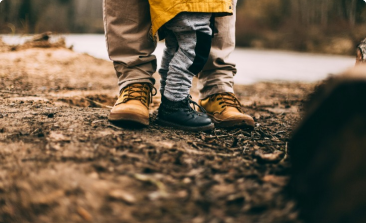Description
Reflexes are uncontrollable actions or movements. There are certain unplanned movements that take place as part of the baby’s routine activities. Others are in response to certain behaviours. Reflexes are tested by medical professionals to gauge how well the brain and nervous system are functioning. Some reflexes only manifest during particular developmental stages. Some of the typical reflexes noticed in newborn newborns include the ones listed below:
Grasp reflex
Stroking a baby’s palm causes the baby to close his or her fingers in a grip. The grasping reflex lasts until the baby is about 5 to 6 months old. A similar reflex in the toes lasts up to 9-12 months.
Kick reflex
This reflex is also known as the walking or dancing reflex because a baby appears to be taking steps or dancing when held upright and their feet are touching a solid surface. This reflex lasts about 2 months.
Root reflex
This reflex begins when the corner of the baby’s mouth is stroked or touched. The baby will turn its head and open its mouth to follow the petting and root in that direction. This will help the baby find the breast or bottle to start feeding. This reflex lasts about 4 months.
Sucking reflex
Rooting helps the baby prepare for suckling. When the baby’s palate is touched, the baby begins to suckle. This reflex begins around the 32nd week of pregnancy and is not fully developed until around the 36th week of pregnancy. Premature babies may have weak or immature sucking ability for this reason. Because babies also have a hand-to-mouth reflex that accompanies rooting and sucking, they can suckle
Moro reflex.
Startle reflex is another name for the moro reflex. This is due to the fact that it frequently happens when a newborn is frightened by a loud noise or movement. The baby cries, throws back his or her head, opens up his or her arms and legs, and then draws the arms and legs back in response to the sound. This response can be set off by a baby’s own cry, which might frighten the infant. Up until the infant is roughly two months old, this impulse persists.
Neck reflex tonic
A baby’s arm spreads out when his or her head is tilted to one side, and the arm on the other side bends up at the elbow. The fencing position is another name for this. This reaction persists till the infant is between 5 and 7 months old.
You might also like
Parenting Updates: Subscribe Now!

ALL UPDATES
Go from pregnancy to adolescents with our email bulletins, loaded with reasonable, modern data about bringing up youngsters and taking care of yourself as a parent.
SUBSCRIBE NOW
MOVIE REVIEWS
Find the best motion pictures for your family with our youngster amicable surveys. Search new deliveries and more seasoned motion pictures by age, rating and type.
SUBSCRIBE NOW
MENTAL HEALTH RESOURCES
Is it safe to say that you are an expert working with families? Get data about kid, adolescent and parent psychological well-being and prosperity.
SUBSCRIBE NOW











































